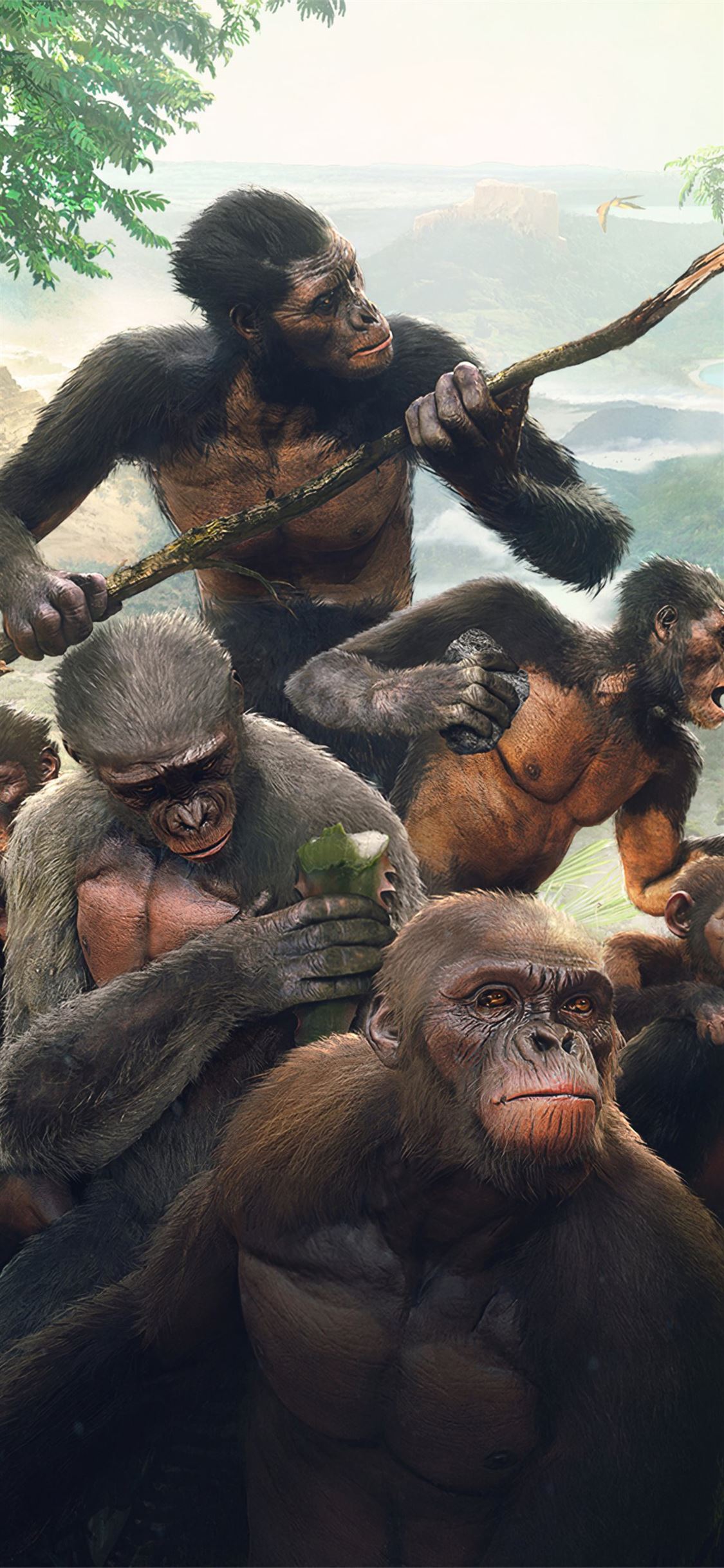
Although his attentiveness to modern cultural trends and ideas has been at times noticed, his input in terms of bridging the traditional representation of reality and the contemporary sciences remains largely ignored. The remarkable contributions of Father Dumitru Stăniloae (1903-1993) ranged from traditional theology to patristics, from spiritual anthropology to asceticism, and from apologetics to mystical theology. The paper contends that the lessons drawn from these texts lead to a mature Orthodox understanding of current challenges related to scientific and technological advance. These sources show how to read the two scriptural stories and suggest ways out of current impasses. Then I introduce the anonymous Letter to Diognetus and Maximus the Confessor’s Book of Difficulties, especially the parts about the creative coexistence of the four areas I demonstrate that these sources do not consider them strange bedfellows. I consider the scriptural stories of the Fall and the Tower of Babel, showing what they mean for the way theology, spirituality, science, and technology intersect.

It goes the same for two modern Orthodox theologians, Pelikan and Stăniloae. However, traditionally, the early Christians approached human resourcefulness with discernment and wisely. The issue lies with the popular assumption that the Orthodox follow the early Christians who, supposedly, opposed science and technology. This paper considers whether Orthodox theology and spirituality can interact with science and technology peacefully and creatively.


 0 kommentar(er)
0 kommentar(er)
